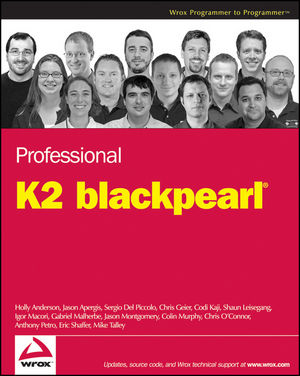Game Architecture And Programming Wiley Pdf Book

← ≡ § → Architecture, Performance, and Games Before we plunge headfirst into a pile of patterns, I thought it might help to give you some context about how I think about software architecture and how it applies to games. It may help you understand the rest of this book better. If nothing else, when you get dragged into an argument about how terrible (or awesome) design patterns and software architecture are, it will give you some ammo to use. Note that I didn’t presume which side you’re taking in that fight. Like any arms dealer, I have wares for sale to all combatants.
Wiley also publishes its books in a variety of electronic formats. Some content that appears in print, however, may not be available in electronic format. Library of Congress Cataloging-in-Publication Data: Abd-El-Barr, Mostafa. Fundamentals of computer organization and architecture / Mostafa Abd-El-Barr, Hesham El-Rewini. An Introduction to Linear Programming and Game Theory, Third Edition presents a rigorous, yet accessible, introduction to the theoretical concepts and computational techniques of linear programming and game theory. Now with more extensive modeling exercises and detailed integer programming examples, this book uniquely illustrates how.
If you read this book cover to cover, you won’t come away knowing the linear algebra behind 3D graphics or the calculus behind game physics. It won’t show you how to alpha-beta prune your AI’s search tree or simulate a room’s reverberation in your audio playback. Wow, this paragraph would make a terrible ad for the book. Instead, this book is about the code between all of that. It’s less about writing code than it is about organizing it. Every program has some organization, even if it’s just “jam the whole thing into main() and see what happens”, so I think it’s more interesting to talk about what makes for good organization. How do we tell a good architecture from a bad one?

Ermolaeva spravochnik rabotnika laboratorii pivovarennogo predpriyatiya. I’ve been mulling over this question for about five years. Of course, like you, I have an intuition about good design. We’ve all suffered through codebases so bad, the best you could hope to do for them is take them out back and put them out of their misery. Let’s admit it, most of us are responsible for a few of those.
A lucky few have had the opposite experience, a chance to work with beautifully designed code. The kind of codebase that feels like a perfectly appointed luxury hotel festooned with concierges waiting eagerly on your every whim. What’s the difference between the two? For me, good design means that when I make a change, it’s as if the entire program was crafted in anticipation of it. I can solve a task with just a few choice function calls that slot in perfectly, leaving not the slightest ripple on the placid surface of the code.
That sounds pretty, but it’s not exactly actionable. “Just write your code so that changes don’t disturb its placid surface.” Right. Let me break that down a bit. The first key piece is that architecture is about change. Someone has to be modifying the codebase.
If no one is touching the code — whether because it’s perfect and complete or so wretched no one will sully their text editor with it — its design is irrelevant. The measure of a design is how easily it accommodates changes. With no changes, it’s a runner who never leaves the starting line. Before you can change the code to add a new feature, to fix a bug, or for whatever reason caused you to fire up your editor, you have to understand what the existing code is doing. You don’t have to know the whole program, of course, but you need to load all of the relevant pieces of it into your primate brain. It’s weird to think that this is literally an OCR process.